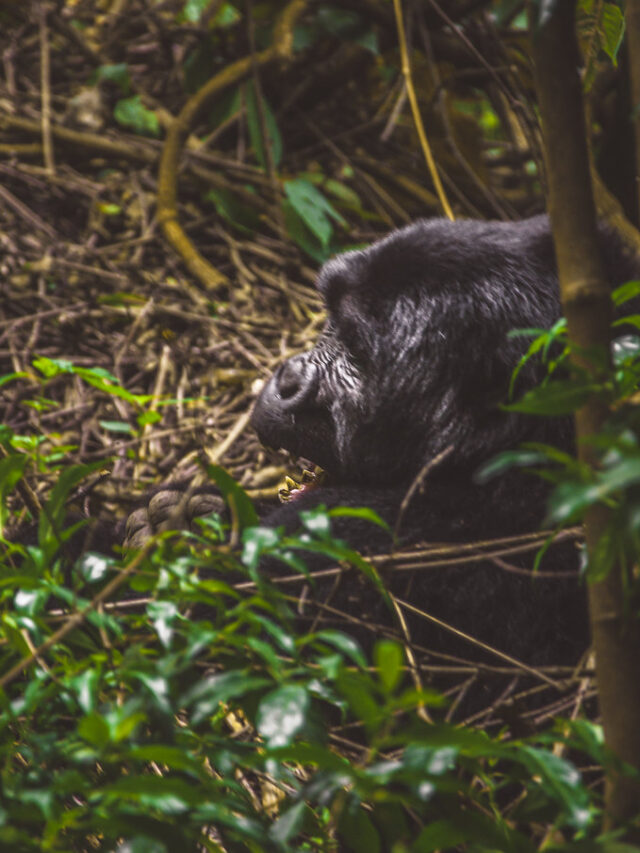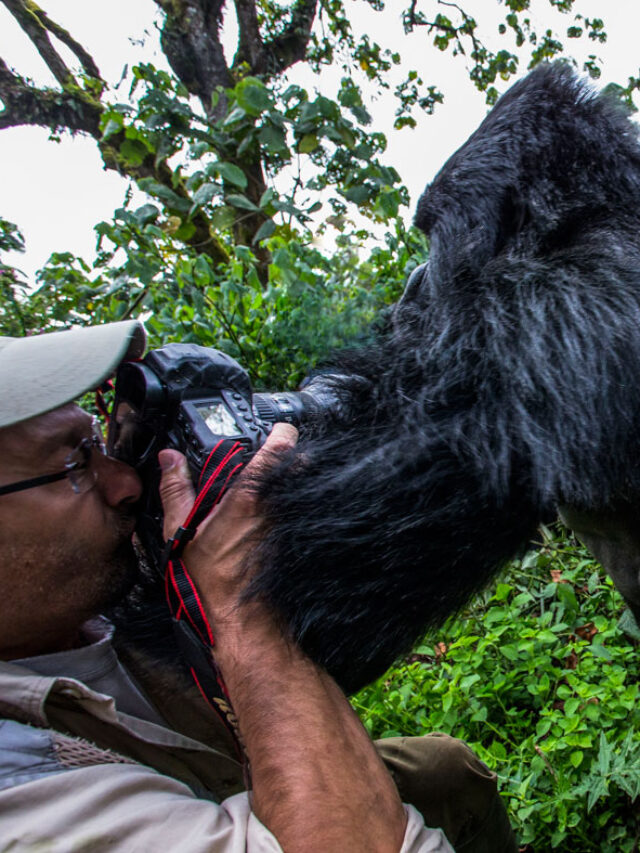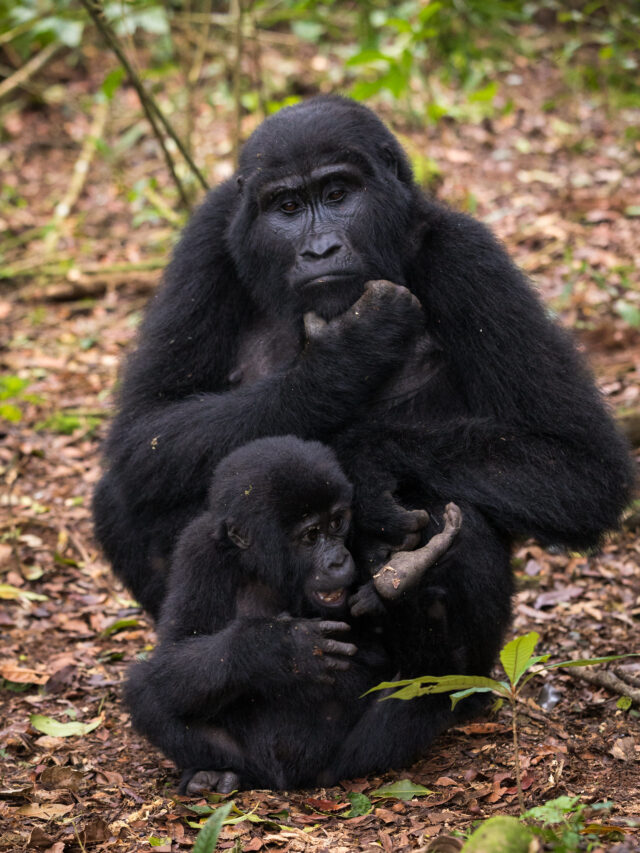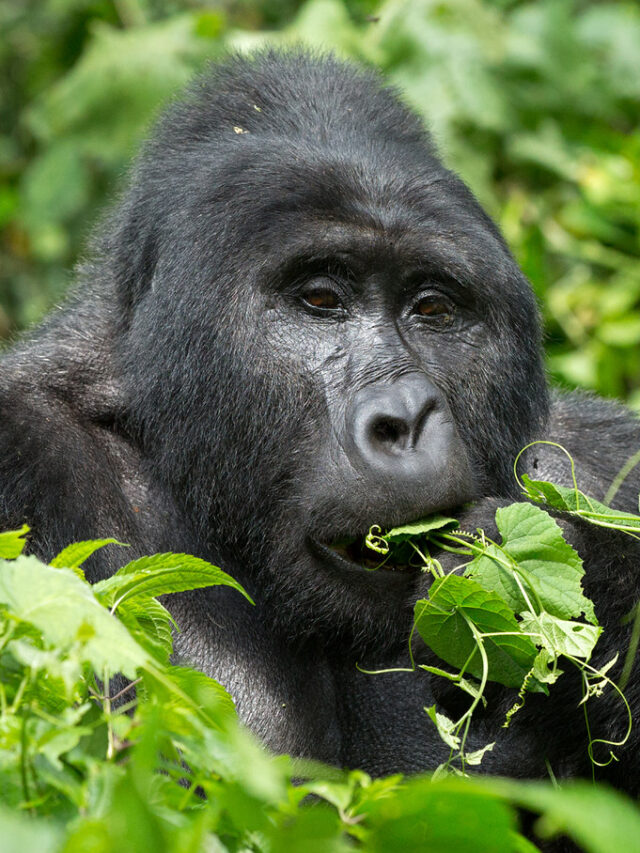Kigezi Wildlife Reserve: Where Uganda’s Untamed Beauty Meets Mountain Calm
Hidden Within the Western Rift: A Reserve Few Know but None Forget
Tucked deep in the mountainous terrain of western Uganda, resting between the bustling plains of Queen Elizabeth National Park and the steep escarpments of Lake Edward, lies a lesser-known but ecologically vital sanctuary: Kigezi Wildlife Reserve. This protected area, covering approximately 265 square kilometers, is located in Rukungiri and Kanungu districts and forms part of the larger network of wildlife conservation areas in the Albertine Rift Valley.
Unlike more popular parks like Bwindi or Kibale, Kigezi operates almost in silence. It exists far from the spotlight, yet its role in Uganda’s biodiversity web is nothing short of profound. It serves as a critical wildlife dispersal area and ecological buffer zone—linking Queen Elizabeth National Park to the southern forest ecosystems and acting as a safe passage for animals moving between protected areas. Its rugged terrain, semi-deciduous woodland, and open savannah grassland host a surprising array of species for a place so rarely visited.
A Land Carved by Elevation and Ecosystem Harmony
Kigezi Wildlife Reserve lies within the Albertine Rift escarpment, one of the most biologically diverse regions in all of Africa. This reserve is shaped by a blend of rolling hills, rocky outcrops, and valley basins, with altitudes ranging from 900 to over 1,800 meters. These dramatic changes in elevation not only define its scenery but also influence the kinds of species that thrive here. From highland grasses to woodland patches and riverine thickets, Kigezi offers a blend of ecosystems that shift with altitude and season.
Its vegetation is largely savannah woodland interspersed with acacia, fig trees, and Euphorbia thickets, along with sections of grassland that support grazing species. Despite its lesser-known status, the reserve is home to an impressive range of wildlife including Uganda kob, topi, waterbuck, warthog, and even occasional sightings of elephant and buffalo moving in from Queen Elizabeth. Smaller predators like jackals, civets, and genets roam the twilight hours, while olive baboons and vervet monkeys patrol the tree lines during the day.
Its birdlife is especially rich, with sightings of African hawk-eagles, black-headed gonoleks, grey-crowned cranes, and sunbirds that thrive in the flowering bushes and wetlands. Though not a core destination for birding, its diversity is impressive for travelers who appreciate discovering feathered species in solitude, without the traffic of tourism that busier parks bring.
Conservation Importance Beyond Tourism
Kigezi Wildlife Reserve was established primarily as a buffer zone—a place where human-wildlife conflict could be managed by reducing pressure on Queen Elizabeth National Park. Over the years, however, this reserve has proven to be more than just a spillover territory. Its natural corridors are essential for wildlife migration, especially during dry seasons when animals search for water and pasture.
Despite its value, Kigezi faces substantial conservation threats. Encroachment by farming communities and overgrazing by livestock are major concerns. Being located near human settlements, the boundaries are porous, and illegal resource extraction—such as charcoal burning, poaching, and timber cutting—remains a challenge. Yet, unlike more famous reserves, Kigezi doesn’t draw much tourism revenue, which means its protection relies heavily on funding from conservation partners and Uganda Wildlife Authority’s limited resources.
But hope remains. Community conservation projects are being piloted, focusing on integrating local people into the stewardship of their land. These include bee-keeping, eco-tourism training, and awareness campaigns on sustainable agriculture. In the long run, such efforts may help turn local communities from resource users into conservation allies, allowing the reserve to thrive for generations.
A Quiet Invitation for the Adventure-Driven
Kigezi Wildlife Reserve is not the kind of destination one stumbles upon in a glossy travel magazine. It is for curious travelers, researchers, and ecotourism pioneers who long to experience nature in its raw, unscripted form. There are no luxury lodges, no scheduled game drives, and no crowds. Yet for those who make the journey, Kigezi offers something more powerful than comfort—authentic immersion in an untouched environment.
Visitors can organize guided nature walks, explore the rugged savannah trails, or coordinate community-based excursions through UWA’s field stations. The best months to visit are during Uganda’s dry seasons—between June and August, and December to February—when the terrain is passable and wildlife is more visible around water points. Most visits begin from nearby Ishasha or Kihiihi, using Queen Elizabeth’s southern sector as a springboard into this remote reserve.
For photographers, Kigezi is a canvas of dramatic landscapes bathed in shifting light—ideal for capturing wide savannah scenes framed by distant ridges and storm-heavy skies. For conservationists, it’s a living laboratory, a model of what coexistence could look like if given the right support.
Kigezi’s Untapped Potential
Kigezi Wildlife Reserve may not boast the glamour of gorilla treks or the thunder of Murchison’s falls, but what it offers is authenticity—a genuine encounter with nature unshaped by mass tourism. Its importance to Uganda’s ecological network is undeniable, and its survival is tied to how we value the quieter corners of the wilderness.
In a world where wildlife is increasingly squeezed into fragmented spaces, reserves like Kigezi become lifelines—for animals migrating, for ecosystems adapting, and for local people seeking harmony with nature. As Uganda continues to build its ecotourism identity, Kigezi is a reminder that not all treasure is found on well-beaten paths. Some of the most precious places are those that remain wild, waiting patiently for those who care to look closer.











